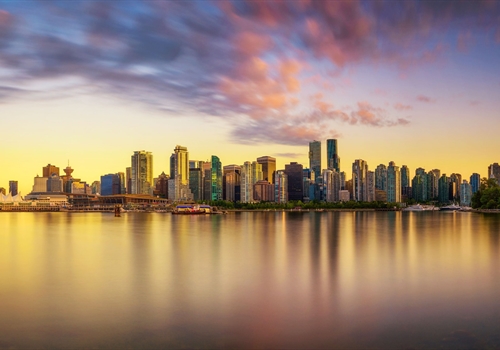Namibia
Risk / Health Info for Namibia
Do I need inoculations for Namibia?
There are some recommended shots for Namibia and Canadian Travel Clinics can help you arrange these. In addition to your regular shots, which should be up to date before you leave for Namibia, consider getting vaccinated against hepatitis A and typhoid. Cholera outbreaks occur in Namibia from time to time and you can get a vaccine for this before you go. These and other unpleasant gastrointestinal diseases are spread by contaminated food and water. Stick to commercially bottled water in Namibia and avoid using ice in drinks. Be sure to practise good hand hygiene.
Do I need a rabies shot for Namibia?
Rabies is present in Namibia, so make sure you are vaccinated especially if you might be around animals. Children are at particular risk of getting bitten, as are runners and cyclists. Always get immediate medical attention for any animal bite or scratch in Namibia, even if you have had your rabies shot. A healthcare professional will do a risk assessment and decide whether you need post-exposure rabies prophylaxis.
Can I get medical treatment in Namibia?
Healthcare facilities are good in towns, particularly Windhoek. Treatment can be expensive and private hospitals may want you to pay up front. Some policies are not recognized by hospitals in Namibia, so check with your provincial or territorial health authority before you go.
The emergency number in Namibia is 211111 in Windhoek and 10111 elsewhere. In the remoter parts of Namibia it may be a while before help reaches you.
Look after your health in Namibia
In Namibia’s hot dry climate it is very important to stay hydrated. Keep your fluid intake high, and ensure you get enough salt.
Protect your health in Namibia
It is possible to contract several mosquito-borne illnesses in Namibia, including malaria and yellow fever, so it is a very good idea to avoid bites wherever possible. You should wear clothing with good limb coverage and use a reliable insect repellent. Sleep under nets wherever possible. And if a vaccine or prophylaxis is available, make use of it.
- Altitude in Namibia
- Parts of Namibia are higher than 2,400m, and travellers planning to spend time at a high altitude should take steps to protect themselves against the potentially life-threatening acute mountain sickness. Your healthcare provider can help with this.
- Schistosomiasis in Namibia
- The schistosomiasis parasite enters humans through the skin during contact with fresh water. To prevent infection, avoid swimming or paddling in lakes and streams in Namibia. This condition is also known as bilharzia.
- Yellow fever certificate in Namibia
Recommended Vaccines for Namibia
| Vaccine Name | Course |
|---|---|
| Hepatitis A | 2 Doses |
| Hepatitis A (paediatric) | 1 Dose |
| Hepatitis A and typhoid (combined) | 1 Dose |
| Typhoid | 1 Dose |
| Typhoid (oral) | 1 Dose |
| Rabies | |
| Cholera | 2 Doses |
| Hepatitis A and B combined (adult) | 3 Doses |
| Hepatitis A and B combined (paediatric) | 2 Doses |
| Hepatitis B | 3 Doses |
| Hepatitis B (paediatric) | 3 Doses |
Book your Travel Vaccinations For Namibia
SELECT YOUR NEAREST CLINIC
top Tips for travelling to Namibia
If you crave adventure, there are opportunities to try sky diving and ride quad bikes around sand dunes in Swakopmund and Walvis Bay. The Skeleton Coast with its ship wrecks and cold Atlantic beaches is a haunting place. Sossusvlei is another unforgettable place, with saltpans and sand dunes.








